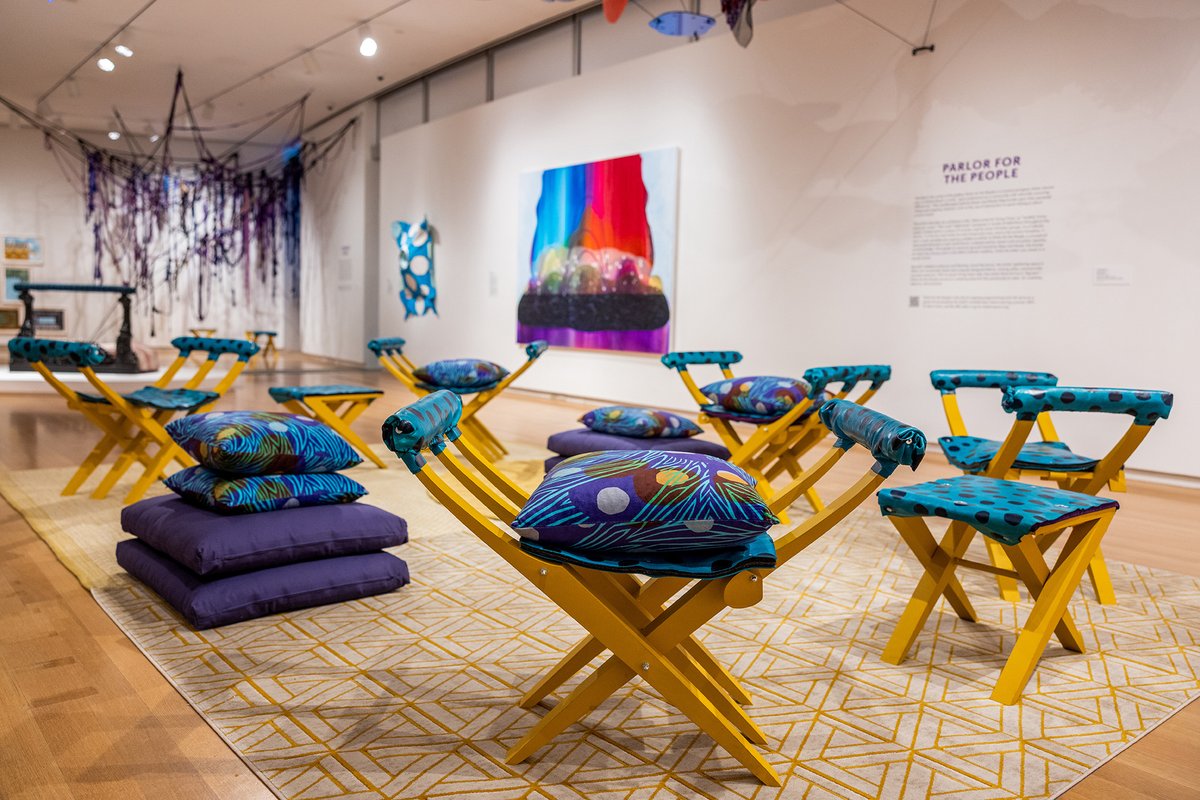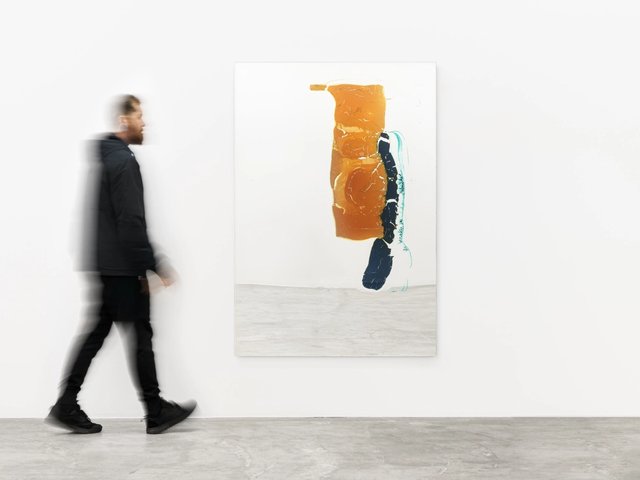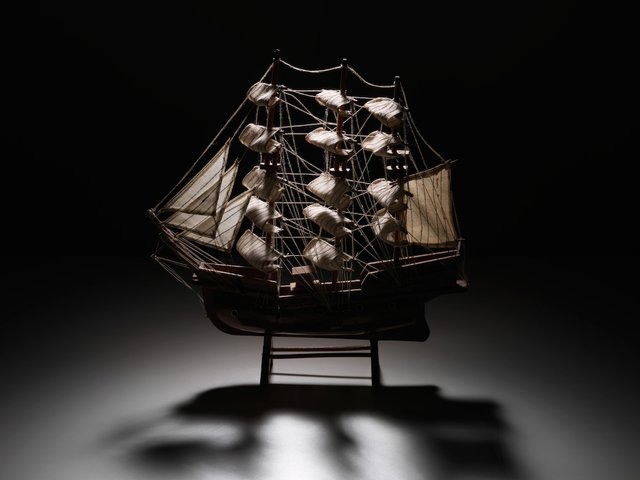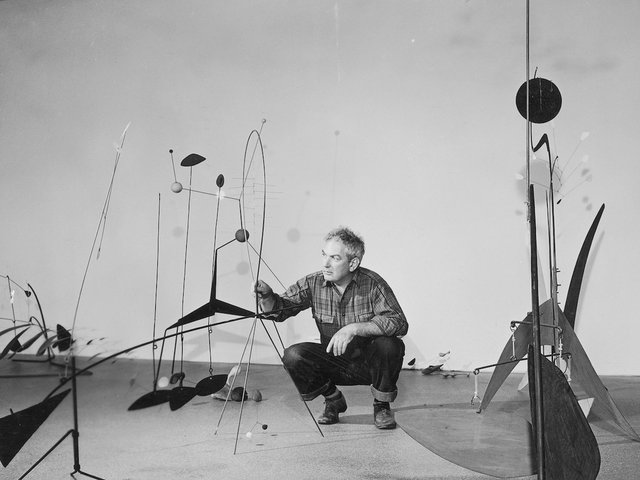Carrie Moyer and Sheila Pepe: Tabernacles for Trying Times
Until 6 February at the Museum of Arts and Design, 2 Columbus Circle, Manhattan
At first glance, the works of artist couple Carrie Moyer and Sheila Pepe—the former known for chromatically radiant abstract canvases poured over with glistening and glittery paints, the latter a master of inviting installations made from expertly choreographed hanging rope and textiles—could not seem more different. And yet, as this two-artist show makes clear, formal and thematic resonances underpin their seemingly divergent practices. This is most evident in the collaborative works on view, such as the colourful, sculptural canvases that project irreverently from the gallery walls with twine and textiles, and the central installation, Parlor for the People (2019), a lounge-like space outfitted with custom seats, bold pillows and bright ceiling hangings. Both artists are expert colourists and constantly push at the orthodoxies of their respective disciplines (abstract painting for Moyer, craft and post-minimalism for Pepe). And, as a vitrine of artefacts related to their LGBTQ activism underscores, both have staked out pointed political stances with their work.
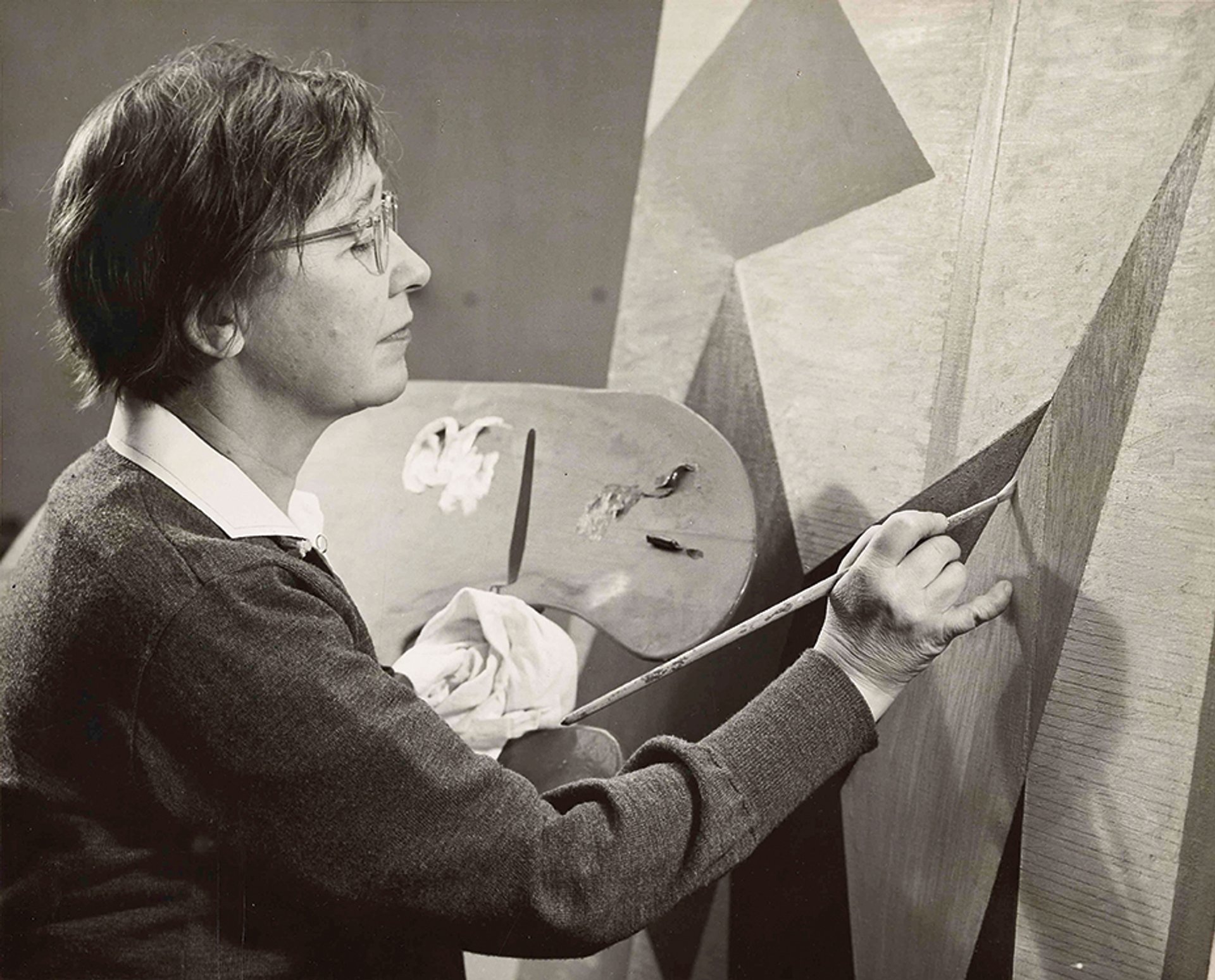
Alice Trumbull Mason painting Mobile Tensions (1954) Photo: John D. Schiff. Courtesy Washburn Gallery
Alice Trumbull Mason: Shutter Paintings
Until 22 January at Washburn Gallery, 177 Tenth Avenue, Manhattan
More than five decades since the Whitney Museum of American Art mounted a posthumous retrospective devoted to the late abstract painter and printmaker Alice Trumbull Mason, the artist’s work is being revisited in an exhibition that aims to recontextualise her as a pioneer of American abstraction, whose work was overshadowed by that of her male peers. A descendant of the Neoclassicist painter John Trumbull, known for his patriotic depictions of the American Revolution and its political figures, Mason was an early advocate for abstraction. Alongside Josef Albers, she co-founded the American Abstract Artists group in 1936 but, although well-connected in the art world, received little recognition. The “shutter paintings” on view, painted following the death of her son and heightened struggles with alcoholism, comprise vertical, rhythmic stripes of colour. Several pieces by the artist are also featured in a small exhibition at the Whitney titled Labyrinth of Forms: Women and Abstraction, 1930-1950 (until 13 March)—a show named after a work by Mason that profiles abstract women artists whose contributions have been previously overlooked.
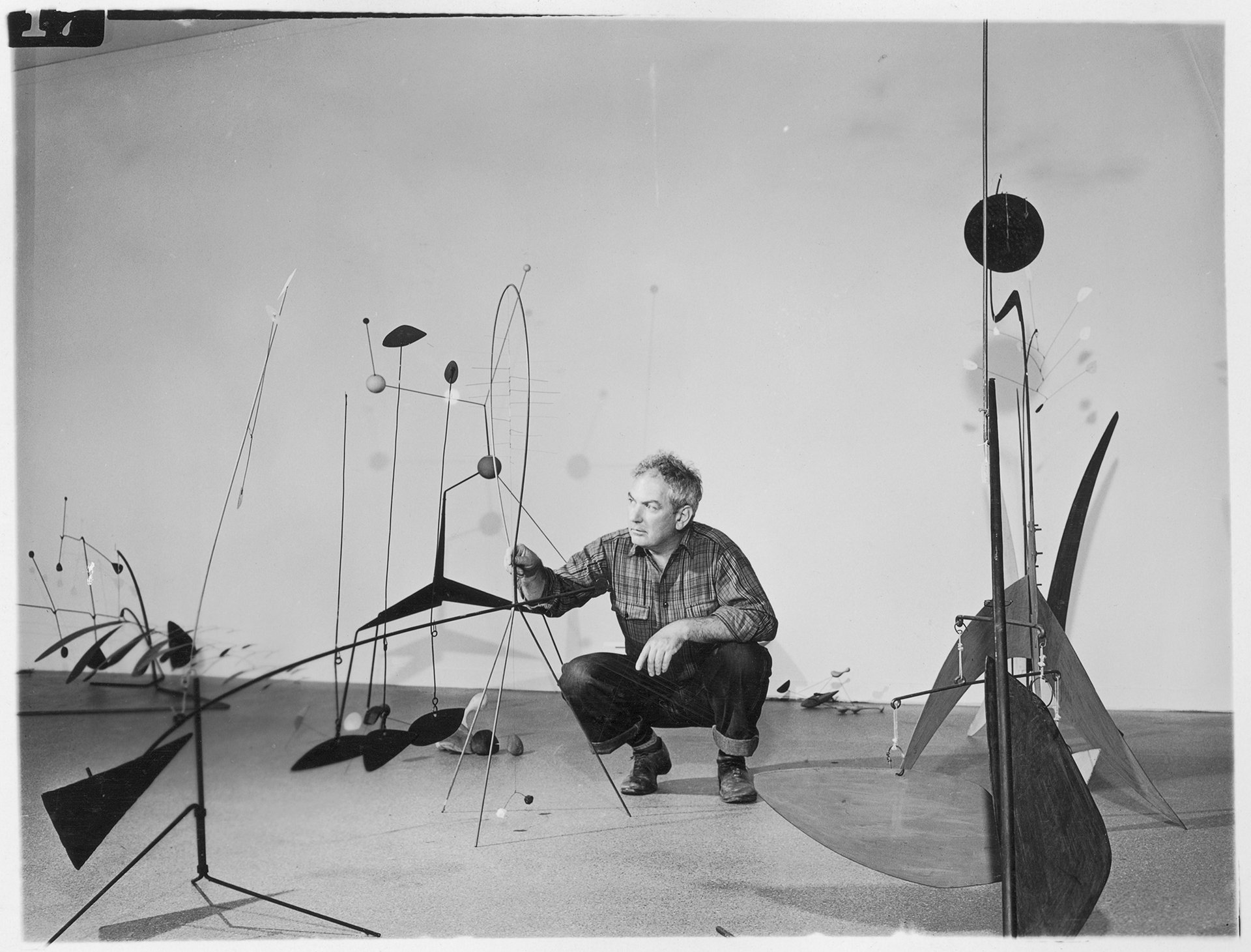
Alexander Calder during the installation of Alexander Calder at the Museum of Modern Art in 1943 © 2021 Calder Foundation, New York / Artists Rights Society (ARS), New York
Alexander Calder: Modern from the Start
Until 15 January at the Museum of Modern Art, 11 West 53rd Street, Manhattan
It’s the last week to see this exhibition exploring Alexander Calder’s storied connection to the MoMA, where he was the “go-to artist, always eager to help and willing to do off-beat projects” in the museum’s foundational years, Alexander S.C. Rower, the artist’s grandson, previously told The Art Newspaper. This show, which extends from the sculpture garden to the third-floor galleries, provides a deep-dive into the making of an artist now indivisible from Modern and American art history. It includes works that were featured in early MoMA exhibitions, from Calder’s ethereal mobiles to rarely-seen wire and wooden sculptures like the endearing Cow (1928)—a carved wooden work that the museum’s founding director, Alfred H. Barr, said radiated a “considerable quality” and merited Calder, a then budding and “underestimated” artist, deeper consideration.


